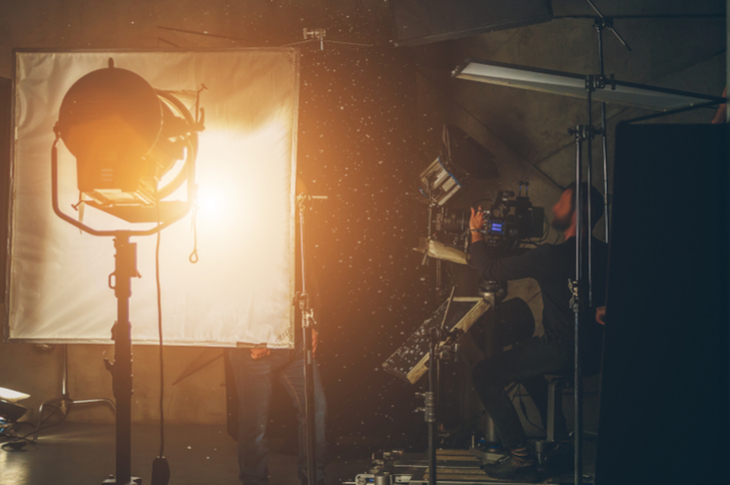What not to do while making dramatised videos

Filmmaking is a complicated endeavour requiring a gamut of skills, and the camera is only a small part of that process.
Oscar-winning works have been shot on iPhones (example: Malik Bendjelloul’s 2012 documentary Searching for Sugar Man), while poorly made films have been shot on Panavision cameras (you must have seen a few on TV).
Of the different elements of filmmaking, an important one is how to use your camera. So here are a few things to avoid when making videos:
Not using tripods while filmmaking
A tripod is a three-legged stand on which the camera is fixed. Using a tripod makes the image steady, as opposed to a handheld camera that can result in shaky images – unless of course the director wants to depict vibrations, tremors, running, or a jerky sensation.
While apparatus such as Steadicam or Gimbal can reduce the shake of handheld cameras, it is best to use a tripod.
Not keeping a backup
Use an external hard drive to back up all the footage you have shot and edited, just as one used to keep extra copies of typewritten scripts and documents. Remember the carbon paper from a couple of decades back? It served the same purpose.
Not having a backup could mean losing hours of footage. Speaking of which, keep all batteries fully charged; you don’t want either the camera or the backup drive to run out of juice in the middle of a shoot.
Creating videos with bad lighting
Naturally, this is very amateurish. A scene needs to be well-lit to convey the mood, and though it may take time, it is an absolute necessity while shooting films.
Sanjay Leela Bhansali takes two days to light his sprawling sets before he begins to shoot. For all the trouble he takes, he shoots, on an average, approximately 10-12 seconds of film. That should give you an idea.
Not creating a variation in shots
This is an absolute no-no; image sizes should vary according to the intensity of the drama in a scene. (Image size or magnification includes close-up, medium close-up, big close-up, extreme close-up, medium shot [waist up], long shot, extreme long shot etc.)
Visualise a scene where tension is shown to build up; as the intensity increases, the camera zooms into the character, and as the tension dissipates, the director cuts to a wider shot. So the camera is just not a recording device, but also a storytelling device. The type of lens – telephoto, wide-angle, or normal – is also important.
Telling and not showing
This must be avoided at all costs. The fundamental rule of good filmmaking is ‘show but don’t tell’; over-reliance on dialogues makes a film verbose. If a character looks at a valley and exclaims, “What a beautiful valley!” that is bad filmmaking. The audience can see that it’s beautiful; why bore them by spelling it out?
At the most, the character can say something like, “This valley reminds me of my childhood…” which brings attention to the landscape. It’s like saying “John is tense,” but not depicting his state. Instead, show John pacing the room chain-smoking, ashtray littered with stubs. You get the picture.
Parting words
A poorly made video reflects a lack of application and expertise, no matter how engaging your storyline. Make sure you keep the previously discussed points in mind to ensure your video is worth sharing.
